Global Status of Waste Sorting
In an era where environmental sustainability is increasingly emphasized, waste sorting has become a critical component in waste management strategies around the world. This practice not only aids in reducing pollution but also promotes resource recovery and recycling, thus contributing to a circular economy. The global approach to waste sorting varies significantly from country to country, influenced by factors such as economic development, governmental policies, public awareness, and infrastructure availability.
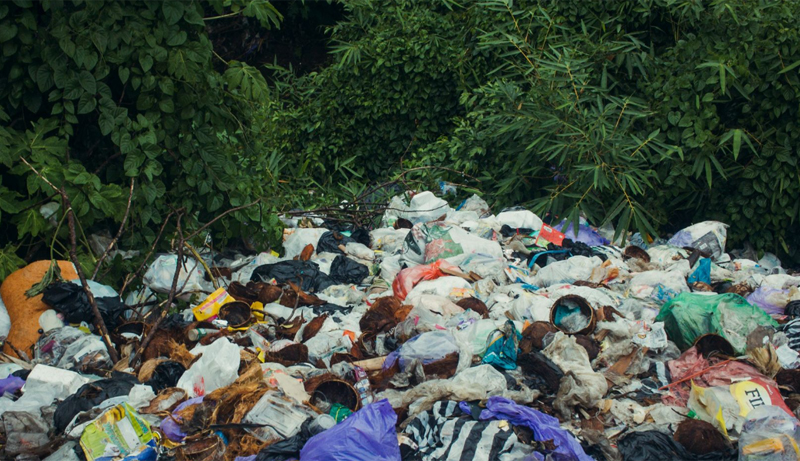
Global Status of Waste Sorting:
1. Developed Countries:
In developed countries, waste sorting is generally more advanced with stringent regulations and well-established systems. For instance, many European nations have implemented comprehensive waste separation at source policies, which are supported by efficient collection and processing infrastructures. Japan and Germany are notable for their high recycling rates, achieved through strict waste sorting rules and community participation.
2. Developing Countries:
Developing countries often face challenges in implementing effective waste sorting due to limited resources and infrastructure. However, there's growing recognition of the importance of sustainable waste management, leading to increasing efforts to improve waste sorting practices. Some developing nations have begun to adopt innovative solutions, such as involving informal sector workers in waste picking, which helps to recover valuable materials while providing livelihood opportunities.
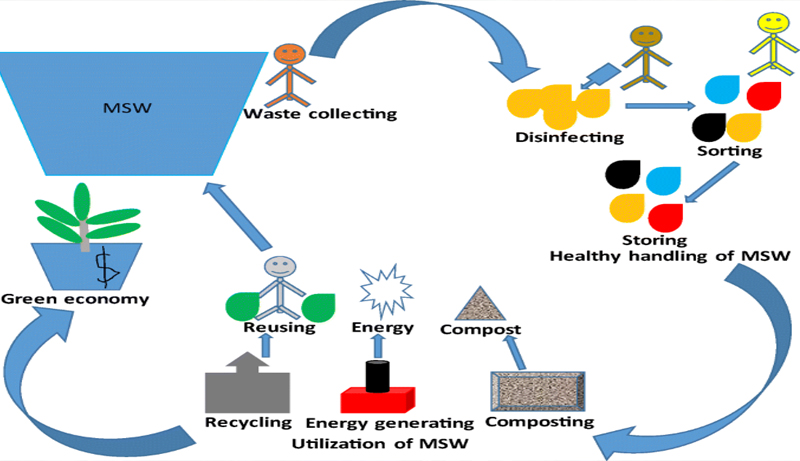
Current Situation of Waste Sorting Facilities:
1. Technological Advancements:
Waste sorting facilities worldwide are witnessing significant technological advancements aimed at improving efficiency and effectiveness. Automated sorting lines equipped with sensors, robotics, and artificial intelligence can sort waste faster and more accurately than manual methods. These technologies help to increase the purity of sorted materials, thereby enhancing the value of recyclables.
2. Challenges:
Despite progress, waste sorting facilities still encounter several challenges. One major issue is contamination, where non-recyclable or hazardous materials are mixed with recyclables, complicating the sorting process and degrading the quality of recovered materials. Another challenge is the fluctuating market prices for recycled commodities, which can impact the financial viability of waste sorting operations.
3. Environmental Impact:
Efficient waste sorting facilities play a crucial role in mitigating environmental impacts. By diverting waste from landfills and incineration plants, they reduce greenhouse gas emissions and minimize the consumption of raw materials. Moreover, properly managed facilities ensure that hazardous substances are handled safely, protecting both human health and the environment.
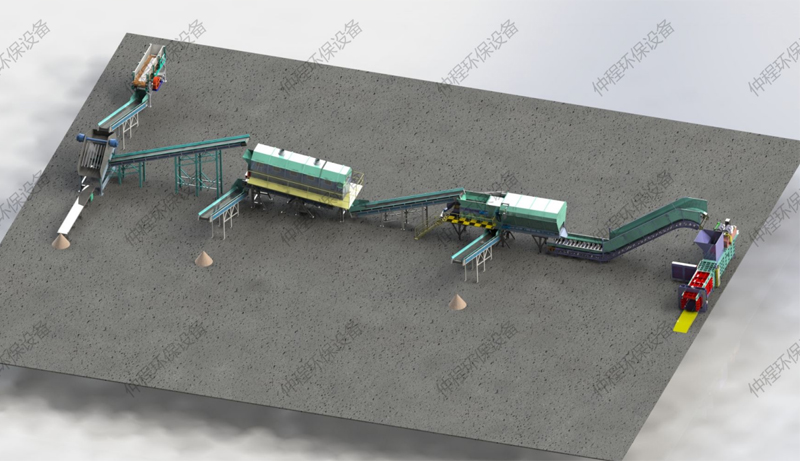
Waste sorting represents a vital step towards achieving sustainable waste management globally. While the current status reflects varying levels of success across different regions, the trend indicates a positive movement towards better practices. Continuous improvements in technology, policy support, and public engagement will be key drivers in advancing the state of waste sorting and the performance of waste sorting facilities worldwide.
-
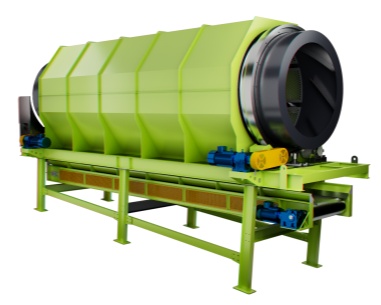 Trommel screenTrommel screen, also known as drum screens, are widely used in various industries for sorting and separating materials.Get Quote
Trommel screenTrommel screen, also known as drum screens, are widely used in various industries for sorting and separating materials.Get Quote -
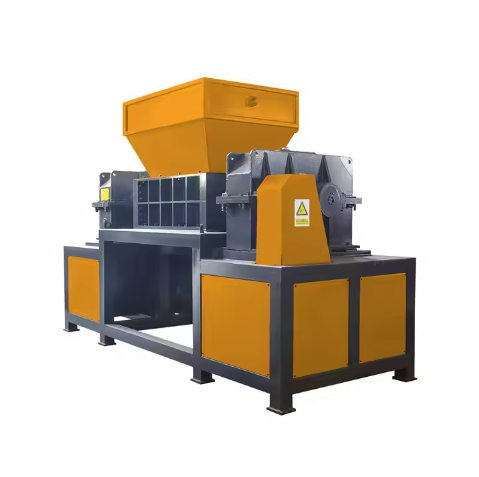 Crop straw double shaft shreddApplications:Biomass Energy Production: Shredded straw can be used as a feedstock for bioenergy plants to produce electricity or heat.Livestock Feed: Reduced-si...Get Quote
Crop straw double shaft shreddApplications:Biomass Energy Production: Shredded straw can be used as a feedstock for bioenergy plants to produce electricity or heat.Livestock Feed: Reduced-si...Get Quote -
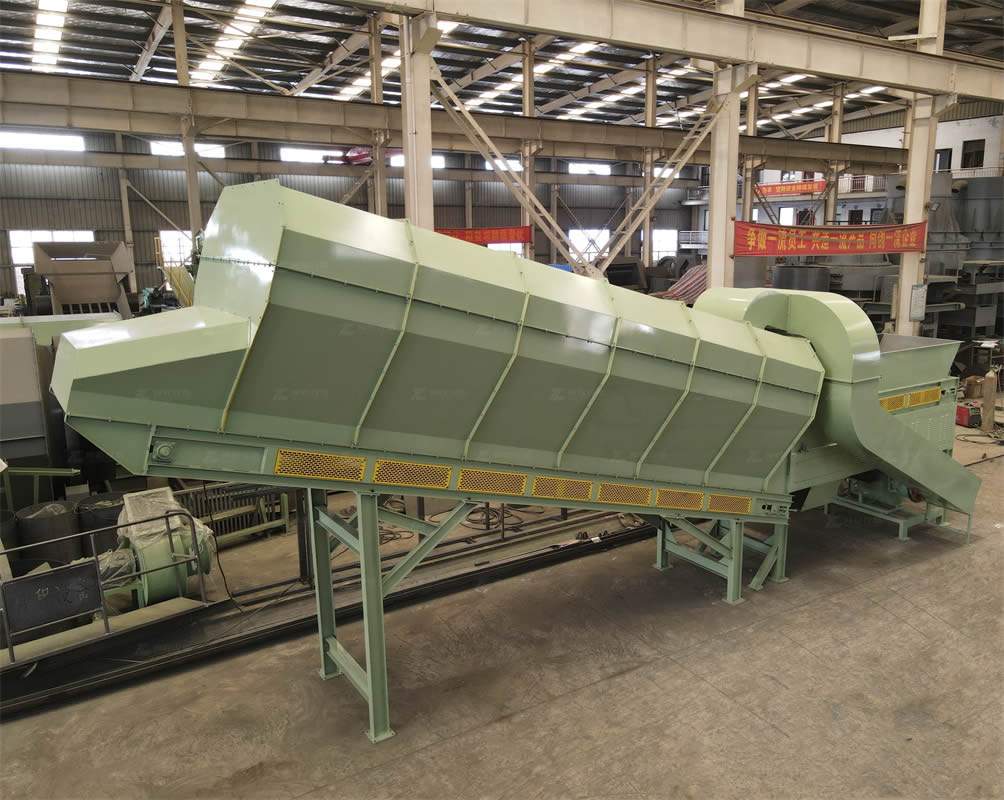 Zhongcheng Air Drum SeparatorAir drum separators effectively separate lightweight materials (e.g., plastics, paper) from heavier materials (e.g., metals, glass). This high efficiency is cru...Get Quote
Zhongcheng Air Drum SeparatorAir drum separators effectively separate lightweight materials (e.g., plastics, paper) from heavier materials (e.g., metals, glass). This high efficiency is cru...Get Quote
-
2023-01-12Disc ScreenDisc screen, also known as a disc scalping screen, is a mechanical device used to separate materials based on size. It is commonly used in industries such as wa...
-
2024-08-07Efficient Material Separation with Bounce ScreensThe ballistic separator is an important equipment with separation function designed for the sorting of inorganic particles in the coarsely crushed waste.
-
2023-01-18Metal BalerMetal baler, specifically a hydraulic metal baler, is a machine designed to compress scrap metal into dense, manageable bales. This equipment is widely used in ...
-
2024-08-28Scrap rubber product shredderThe shredder of waste rubber products not only helps to reduce environmental pollution, but also improves the reuse rate of waste rubber, which is one of the im...
-
2024-08-22Medical waste shredderWorking Principle:Feeding Mechanism: Medical waste is fed into the shredder through a hopper or chute. The feeding mechanism ensures that the waste is introduce...



